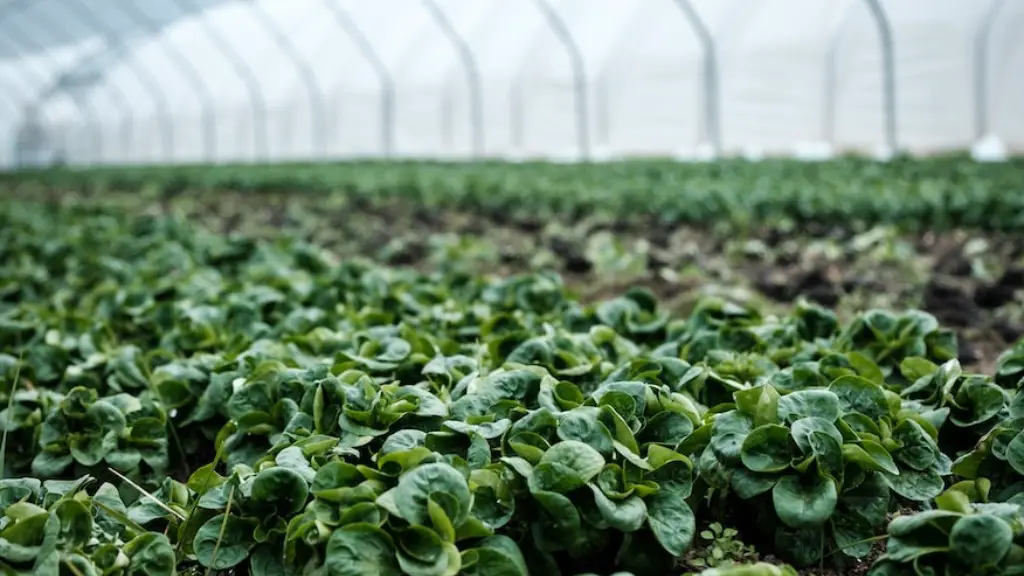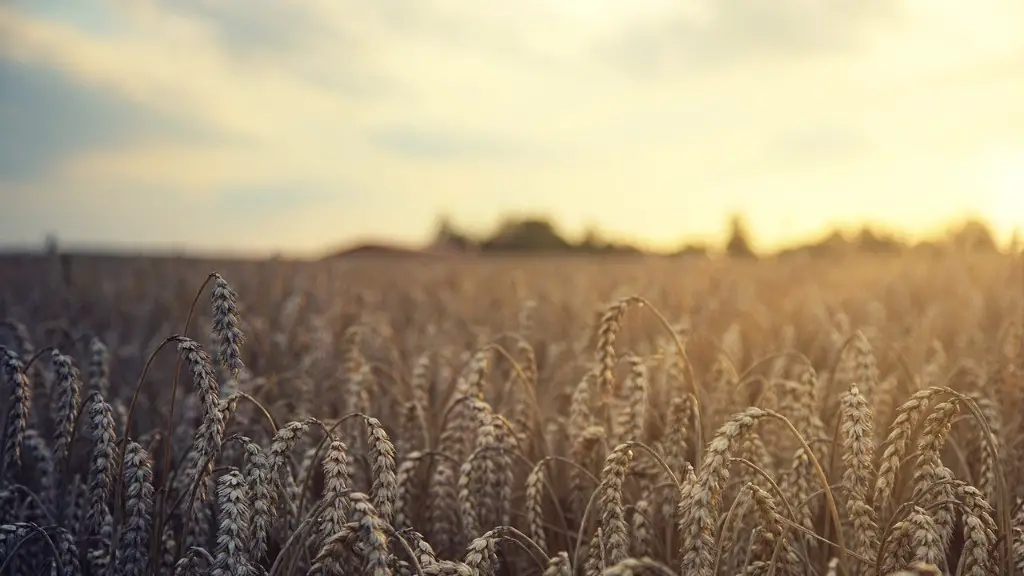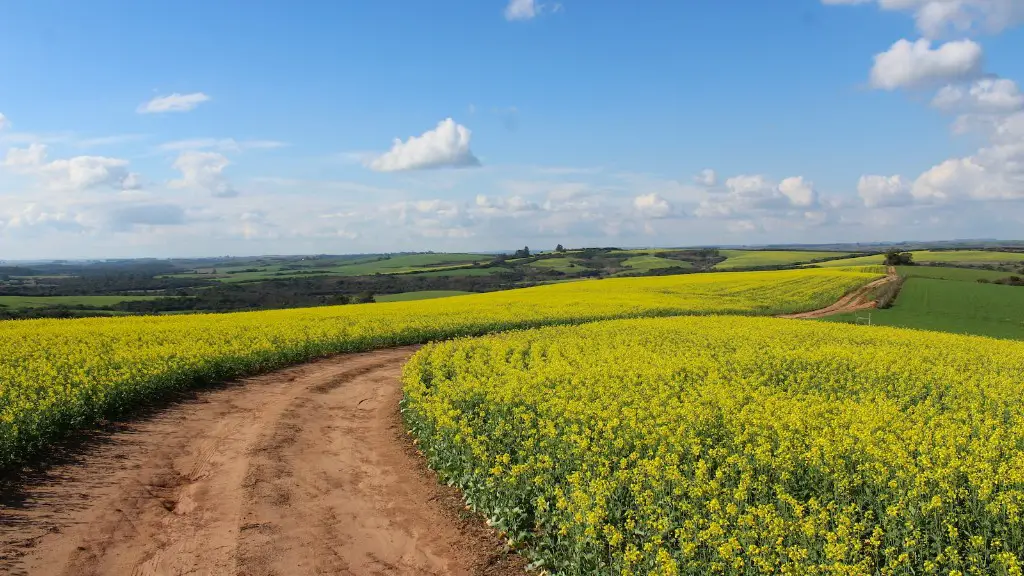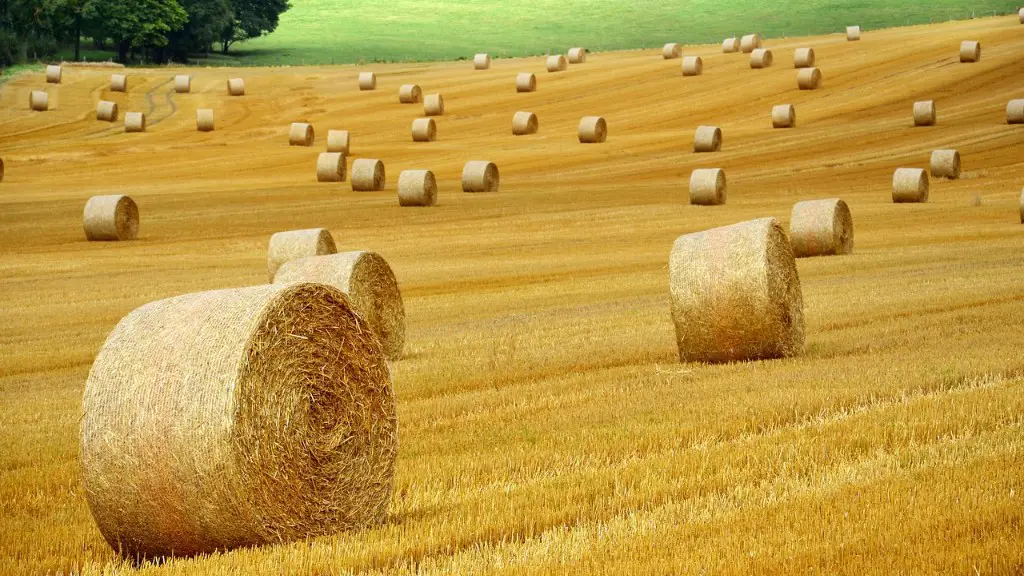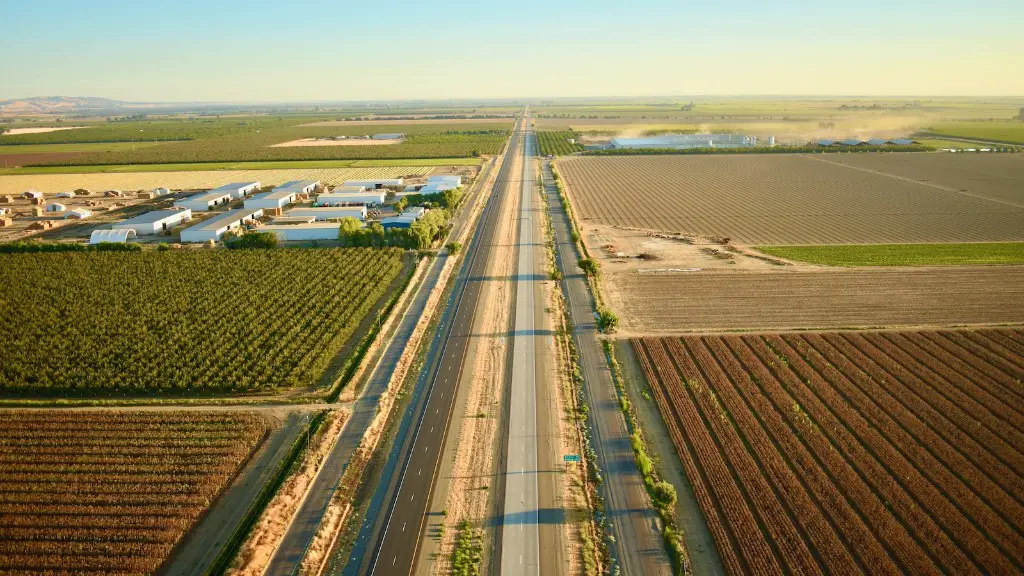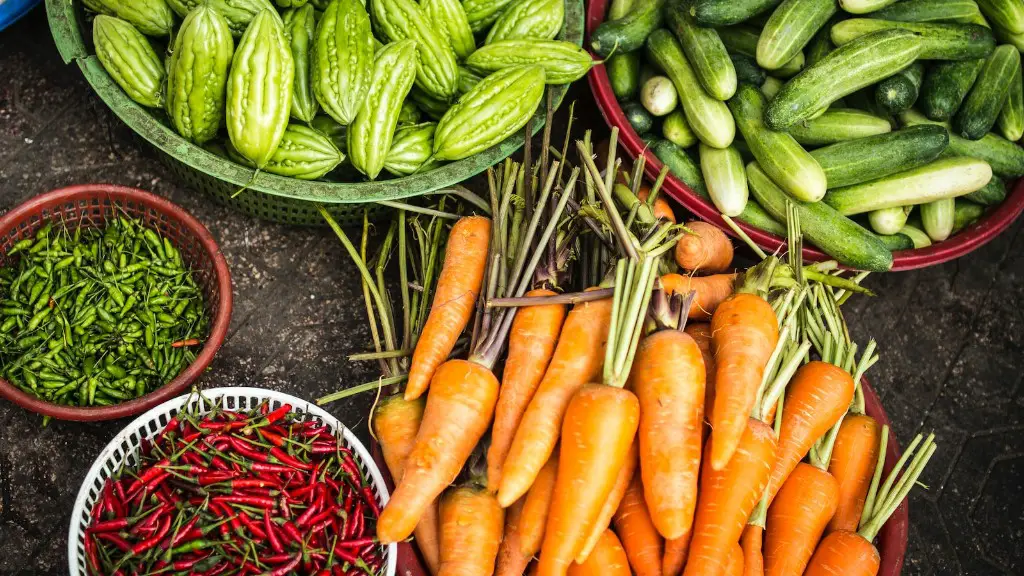Agricultural loam is a combination of sand, silt and clay particles and organic matter. It’s one of the most fertile soils because it holds moisture and nutrients, filters water, and is easy to work. Loam soils, therefore, provide a good structure for plant roots and beneficial micro-organisms.
Organic matter is the key to good loam soil, which is delivered in the form of compost and manure. This helps promote soil structure and microbial activity and makes nutrients available for uptake by plants. By adding compost or manure, farmers can increase the fertility of their soil and add the vital food source to their crops which is needed for crop growth and development.
The absorption of moisture and nutrients in loam soil is more efficient than in sand or clay soils. The microscopic pores between the soil particles increase the amount of air and water that the soil can absorb. This allows for more water and nutrients to be held in the soil longer, which is especially beneficial for crops in dry and hot climates.
The structure of loam soil can be managed easily by organic methods such as tilling and mulching. This helps to create a good environment for plants and essential microorganisms. The soil structure also makes the soil more stable and resilient to erosion and weeds.
Good loam soil is also important for nutrient uptake. The nutrients in the soil are more easily accessed by plants with loam soil due to its texture and structure. The nutrients are held in the soil and are not leached away as much as when using other types of soil.
Benefits of loam soil
The use of loam soil in farming brings many benefits. Loam soils are well aerated, allowing for essential oxygen to reach the roots of crops. This helps crops to grow healthy and develop a strong root system. Loam also provides a good balance of air and water that crops need to survive, while also encouraging beneficial microbes.
Another important benefit of loam soils is that they absorb and hold nutrients. These are readily available for absorption by plants. Loam soils also help to reduce nutrient leaching, thus allowing the nutrients to stay in the soil which help the crops to grow well.
The organic matter in loam soils makes it easier for farmers to manage the soil structure. It provides better drainage, fewer weeds, and improved fertility levels. Loam soils also hold more water and nutrients, making it easier for farmers to promote crop development and growth.
Using loam soil can also help farmers to reduce their use of fertilizers and other soil amendments. When used in adequate amounts, compost and manure can provide all the soil conditioning needed for crops to thrive. This helps to reduce the expense of buying soil amendments and helps the environment.
Uses of loam soil
Loam soil is an ideal medium for different types of farming and gardening, including vegetables, fruits, and other crops. It’s also ideal for cropping and small-scale farmers and for those who are just starting out in farming. With good soil structure and water retention, loam soils are ideal for plants that need more water and nutrients.
Because loam soils hold more water, they are also ideal for growing plants in dry climates. This helps plants to stay healthy during periods of drought and helps farmers to produce a greater yield of crops.
Loam soils also have a finer texture than sandy or clay soils, making it easier to work with. This makes it easier to manage the soil structure, weed out undesirable plants, and prepare the soil for crops. It also helps to create a deep, nutrient-rich topsoil layer, allowing for plants to take up more nutrients.
Loam soils are also ideal for the use of fertilizer and water retention systems, as these need more workable soils than sandy or clay soils. This makes it easier for farmers to create a high-yielding and efficient system.
Overall, loam soils are highly beneficial to farmers and gardeners due to their ability to hold water, nutrients and air in a balanced manner. With loam soils, farmers and gardeners can easily manage their soil structure and promote crop growth and development.
Environmental effects of loam soil
A well-managed loam soil helps to keep the environment clean and healthy. The organic matter helps to improve soil structure and create beneficial conditions for plants and microorganisms. This reduces the need for chemical fertilizers and encourages natural nutrient cycling, which helps to minimize the impact of chemicals on the environment.
Loam soil also helps to keep water clean and reduce waterlogging. The organic matter in loam soil helps to filter pollutants, reducing the amount of pollutants in the water. The fine particles also help to trap pollutants and prevent them from entering the water and affecting the quality of the water.
Because loam soils absorb more water, they also help to reduce water waste. The water is held in the soil for plants to access more steadily, reducing runoff. This helps to reduce soil erosion and the amount of pollutants entering the water.
Overall, well-managed loam soils can help to reduce the impact of farming on the environment. It helps to reduce the need for chemical fertilizers and soil amendments, as well as reduce water waste and water pollution.
Loam soil conservation
Good soil management is important in order to conserve loam soils. Loam soil can be conserved by preventing soil erosion, avoiding overuse of fertilizers, and rotating crops.
Rotating crops can help to keep soil in good condition and avoid the depletion of its fertility levels. This helps to keep soil nutrients in balance and means that crops can access the nutrients they need. It also helps to reduce the risk of pests and diseases in crops, as the pests and diseases cannot survive without the nutrient-rich environment provided by loam soils.
The use of fertilizers and pesticides should also be minimized in order to protect loam soils. Too much pesticide and fertilizer use can reduce soil fertility and damage the protective layer of organic matter in the soil. By reducing pesticide and fertilizer use, farmers can help to maintain the beneficial properties of the soil and protect the environment.
Soil conservation measures should also include good tillage practices. Proper tillage helps to keep the soil structure in good condition, improve drainage, and reduce erosion. This helps to keep the soil fertile and improves its ability to retain moisture and nutrients which are needed by plants.
Other measures, such as cover cropping and mulching, can also help to keep soils healthy and in good condition. Cover crops help to protect the soil from erosion, while mulch helps to prevent weeds from taking over. Both of these measures also help to improve soil structure and keep the soil fertile.
Management of loam soil
Managing loam soil is important in order to take advantage of its benefits for crops. Good soil management helps to maintain fertility levels and encourages the growth of beneficial microorganisms.
The use of compost and manure is essential for the health of loam soils. Organic matter helps to improve soil structure, provide nutrients and beneficial microorganisms, and improve drainage. This helps to create a better environment for crops to thrive.
Proper tilling techniques also help to preserve loam soils. This helps to break up the soil and improve drainage, allowing water and nutrients to reach plants more easily. Tilling also helps to control weeds and keep the soil in good condition.
The use of cover crops and mulch is also important for loam soils. Cover crops help to protect the soil from erosion and preserve fertility, while mulch helps to prevent weeds from taking over. Both of these measures help to improve soil structure and keep the soil in good condition.
Overall, effective soil management is essential for loam soils and helps to maintain the soil’s fertility and structure. Proper management can ensure that loam soils stay productive and help to produce healthy and high-yielding crops.
